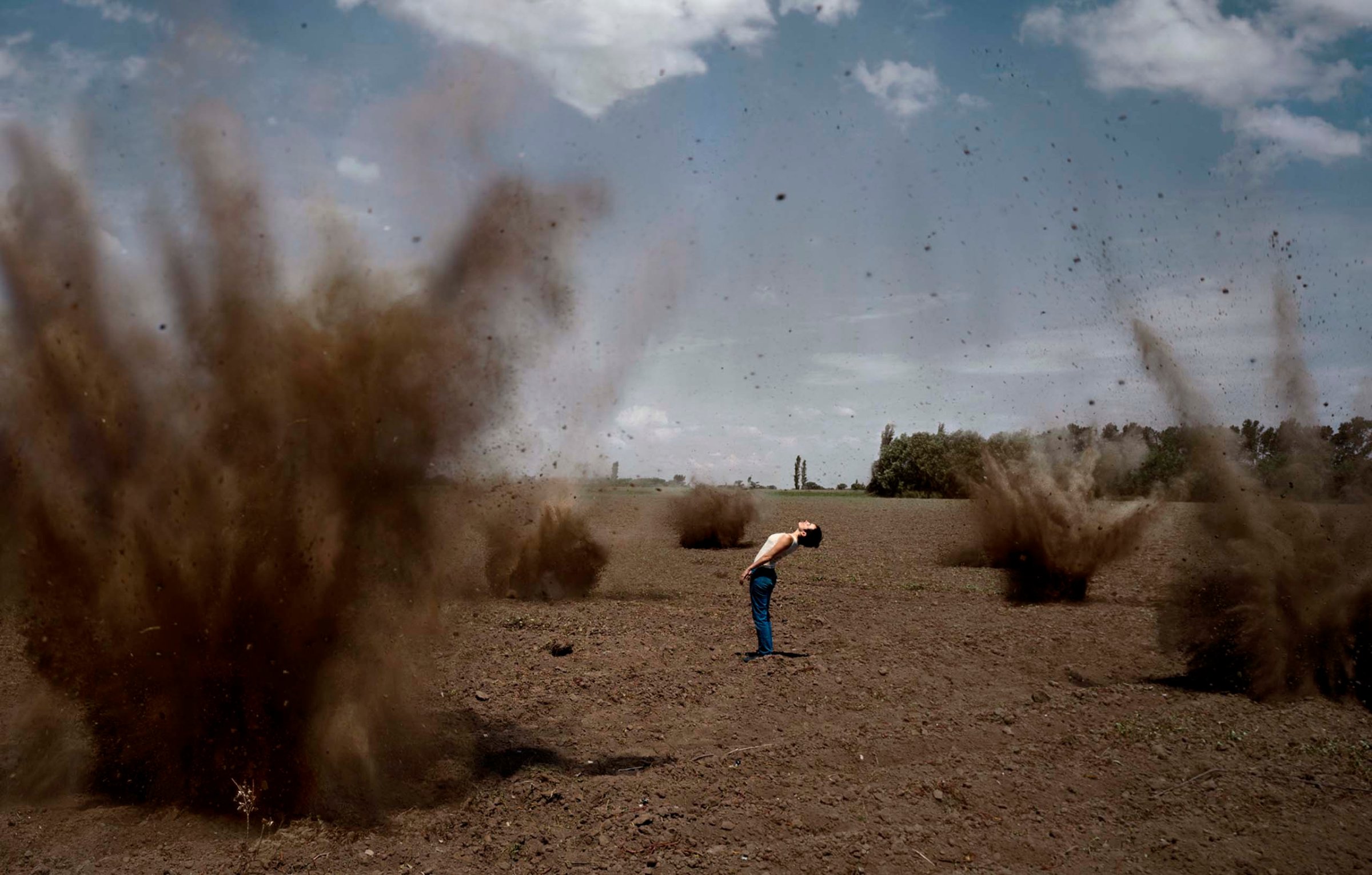
Once one of the richest countries in the world, with a per capita income comparable to France and Germany, Argentina experienced political and economic turmoils during the latter half of the 2oth Century that saw the country fall into recession.
This sense of instability, it could be argued, has influenced an entire generation of photographers and artists. Their creativity, perhaps, seems to arise not only from the country’s strong visual tradition but also from a seeming lack of access to resources; a lack that seems to stimulate a process of analyzing, understanding and narrating everyday life. In this context, Argentinian photography may be slowly finding its feet internationally, but it still boasts a coterie of brilliant, established artists.
Alejandro Chaskielberg (Buenos Aires, 1977) – Alejandro Chaskielberg brings an original style to the field of documentary photography, characterized by precise composition and a cinema-like use of light. His images are mesmerizing stories that tell us a lot about the subjects and their nocturnal worlds. Widely known for his work La Creciente, a project shot in full moon nights at the Parana River Delta, he was recently awarded the prestigious Iberoamerican Photobook Award for his latest work Otsuchi Future Memories on the remains of the Japanese beach village hit by a tsunami in 2011.
Alessandra Sanguinetti (New York, 1968) – Raised in Argentina, where she lived from 1970 to 2003, Alessandra Sanguinetti studied at the International Center of Photography in New York and joined Magnum in 2007. Many of her most poignant works are related to childhood and daily life. Her images are free of visual cliche and seem partially autobiographical, betraying a strong connection between photographer and subject. In this sense, The Adventures of Guille and Belinda and The Enigmatic Meaning of Their Dreams, a long-term project on the lives of two cousins living in a rural area, could be seen as her signature work.
Marcelo Brodsky (Buenos Aires, 1954) – Marcelo Brodsky studied photography in Barcelona during a period of exile from Argentina in the 1980s. His photography covers human rights issues, as well as the passage of time. Buena Memoria, his most representative work, references the two classmates from the Colegio Nacional de Buenos Aires kidnapped and murdered during the military dictatorship of Jorge Rafael Videla. The work is a lucid and touching picture of how the turbulent political scene of the second half of the 20th Century affected everyday life. Brodsky is still active and has recently launched a visual action in support of the 43 students kidnapped in Iguala, Mexico.
Rodrigo Abd (Buenos Aires, 1976) – Rodrigo Abd is a staff photographer for the Associated Press who has been covering the most significant conflicts of the last decade. The war in Afghanistan, the Arab Spring and gang-related drug trade in Guatemala are just some of the stories he has documented. His work is characterized by a close approach to the subject and a deep understanding of social and historical contexts. His powerful images have been recognized with prestigious awards such as the 2012 World Press Photo in General News Singles and the 2013 Pulitzer Prize.
Ananké Asseff (Buenos Aires, 1971) – Ananké Asseff’s conceptual photography seems to originate from an intense journey into paranoia and fear, themes that are always present in her work. The subjects portrayed in their homes holding guns in her series Potential, one of her most recognized works, seem to represent the feeling of insecurity among the Argentinian bourgeoisie of the mid 2000s. Indeed, hypothetical danger is typically found in her work, and a sense of tension seems to connect one image to the next. She often plays with other elements such as aesthetics, colors and composition to an impressive effect.
Esteban Pastorino (Buenos Aires, 1972) – Esteban Pastorino explores the artist’s creative process and questions our perception of reality. In projects like Aérea 2005-2010, for example, he uses Kite Aerial Photography — a sort of precursor of drone photography — to lift cameras and shoot from previously inaccessible vantage points. The results are ambiguous images that subvert reality and transform real places into fantasy worlds.
Irina Werning (Buenos Aires, 1976) – Irina Werning’s work focuses on daily life. Among her pieces, the celebrated Back to the Future, stands out. Here, she recreates, years later, moments taken from her subject’s childhood photographs. The simplicity of these portraits promotes an understanding not only of the physical changes we go through, but also examines the social backgrounds of her subjects.
Marcos López (Gálvez, Santa Fe, 1958) – Marcos Lopez has been describing contemporary society in Argentina and across the continent for decades. His characteristic use of color and composition tell us about diverse social circumstances, customs and stereotypes with a hint of sarcasm. Latin American society itself is the protagonist here, depicted in a melodramatic and surrealistic way. Lopez speaks of everyday life without being afraid of self-analysis or letting go of his own sense of humor.
Nicolas Janowski (Buenos Aires, 1980) – Nicolas Janowski covers various social themes across the Latin American continent through a very personal point of view, one characterized by a dream-like transformation of the people and places documented. In The Blurred City, Janowski invites us to rethink a megalopolis like Buenos Aires as an open-air theater where the most diverse and unexpected things can happen. In The Liquid Serpent, Janowski brings us on a deep journey in the Amazonian forest where everything seems to melt into one mass, encouraging a viewer to reexamine reality.
Giuseppe Oliverio is the Founder and CEO of the Photographic Museum of Humanity


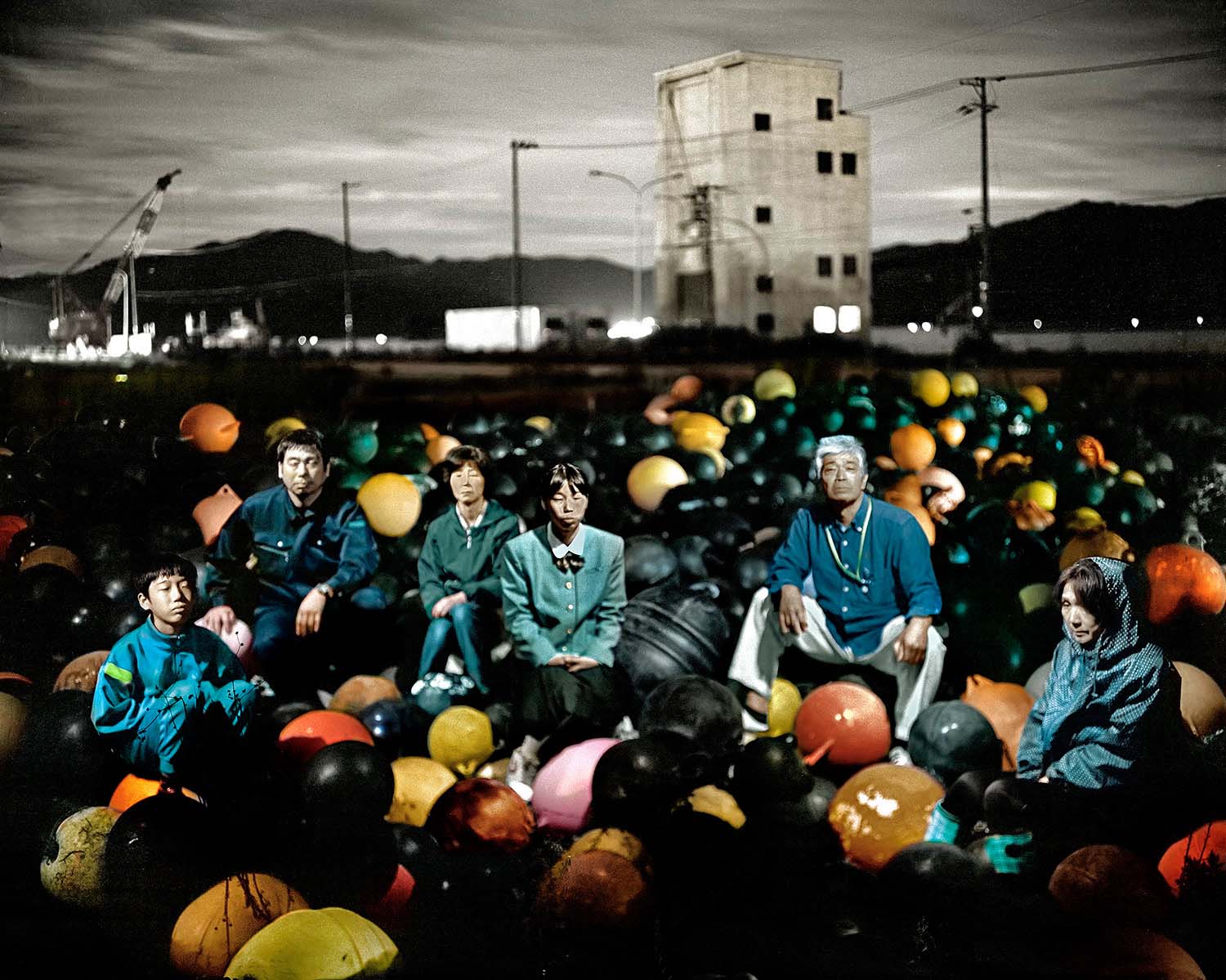
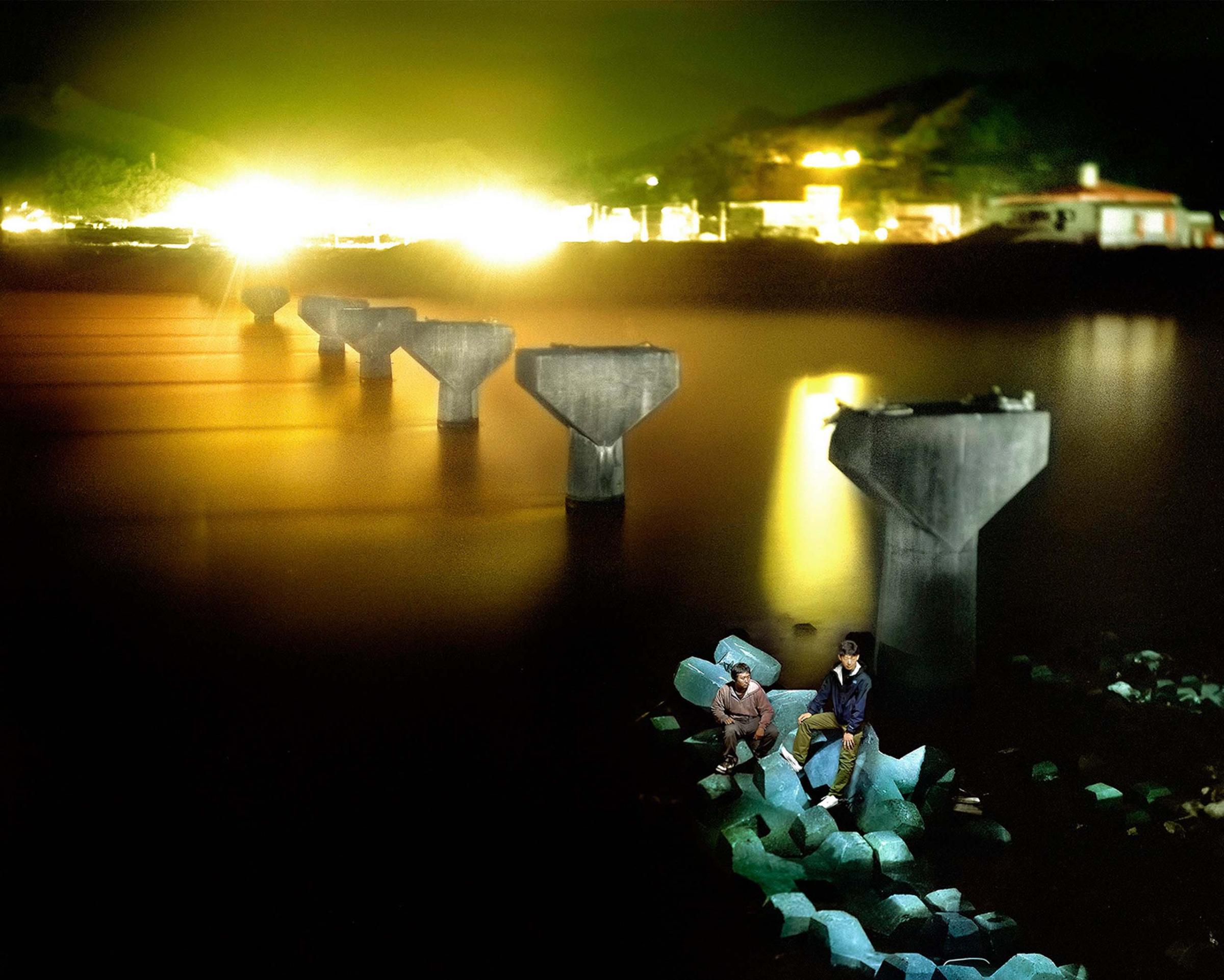

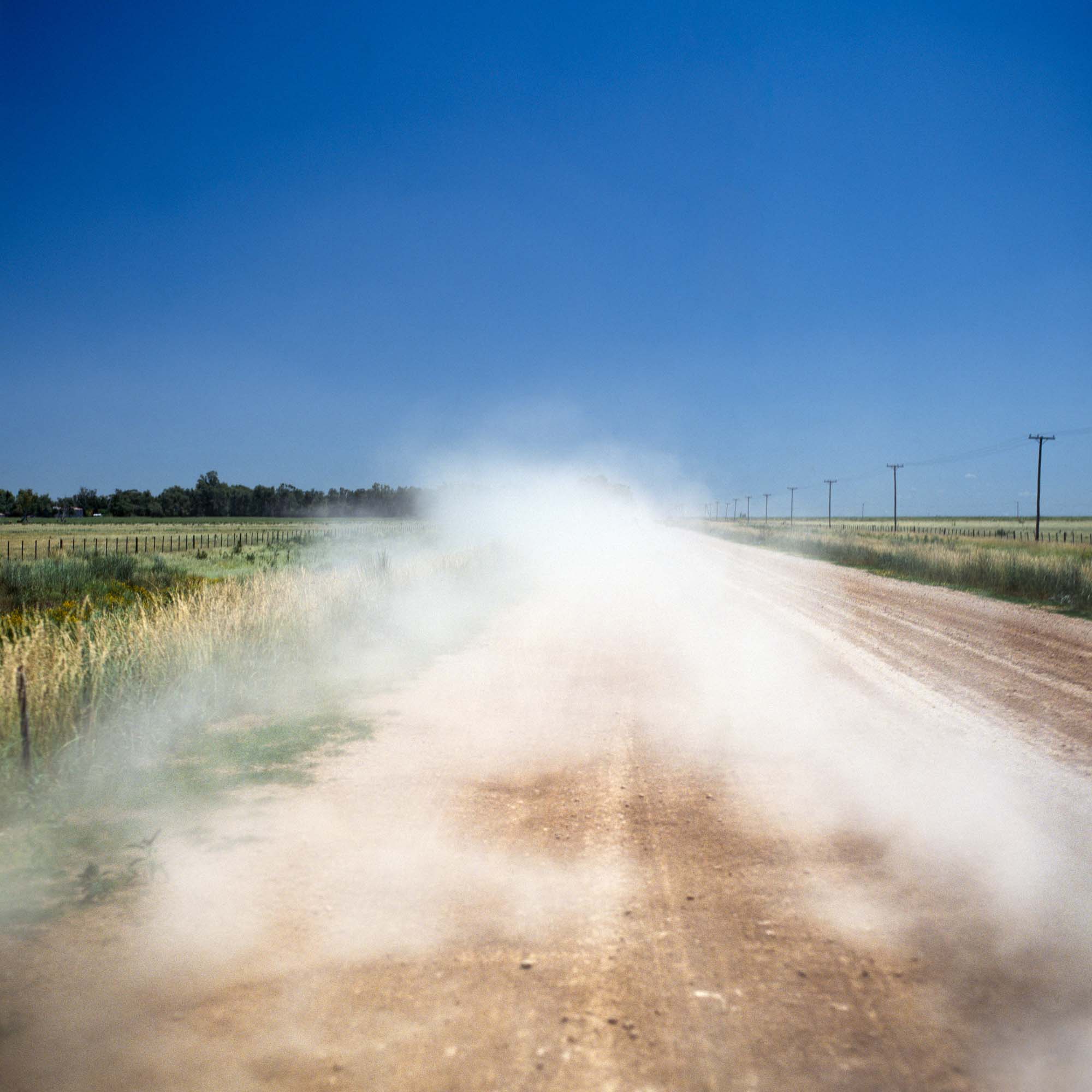


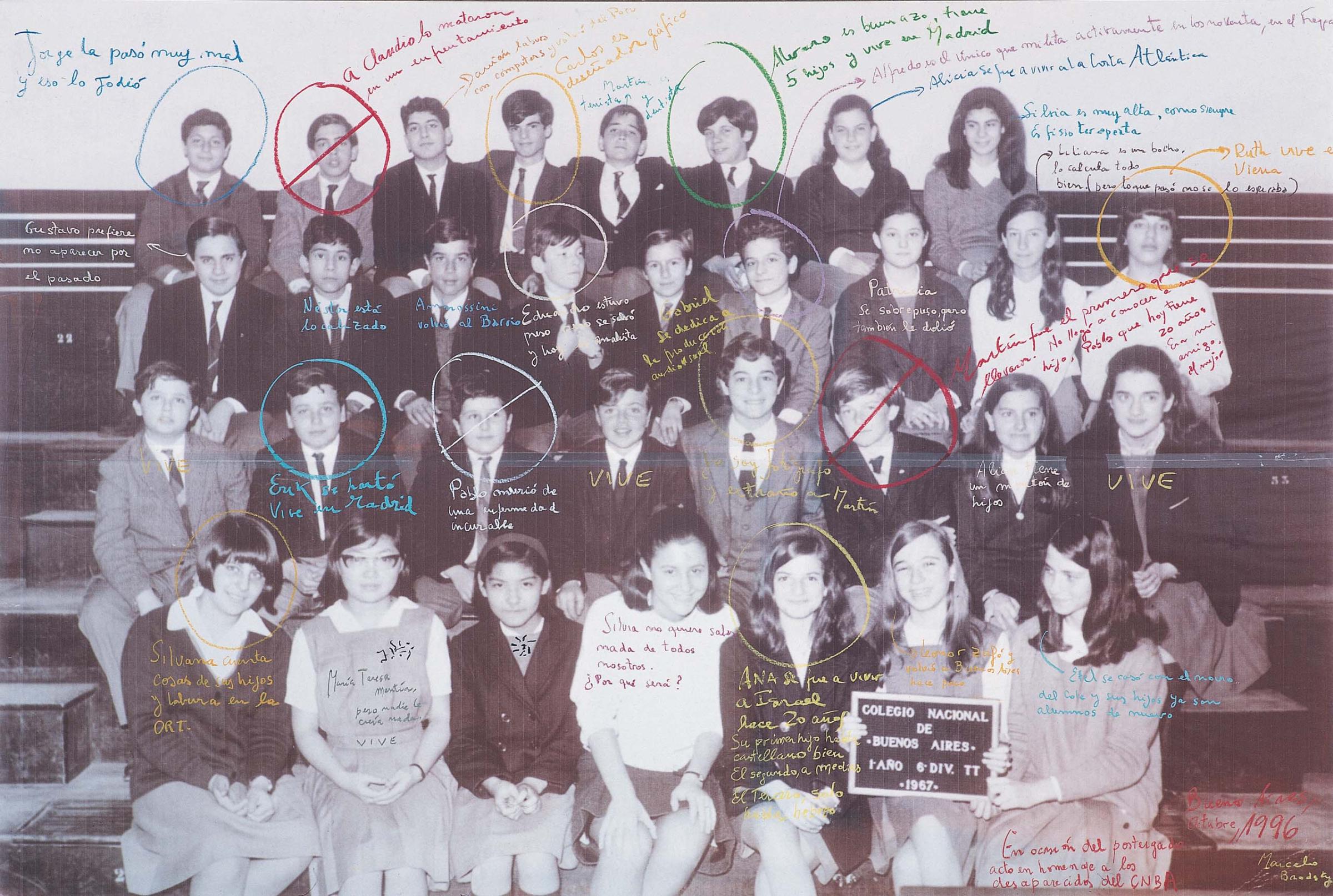

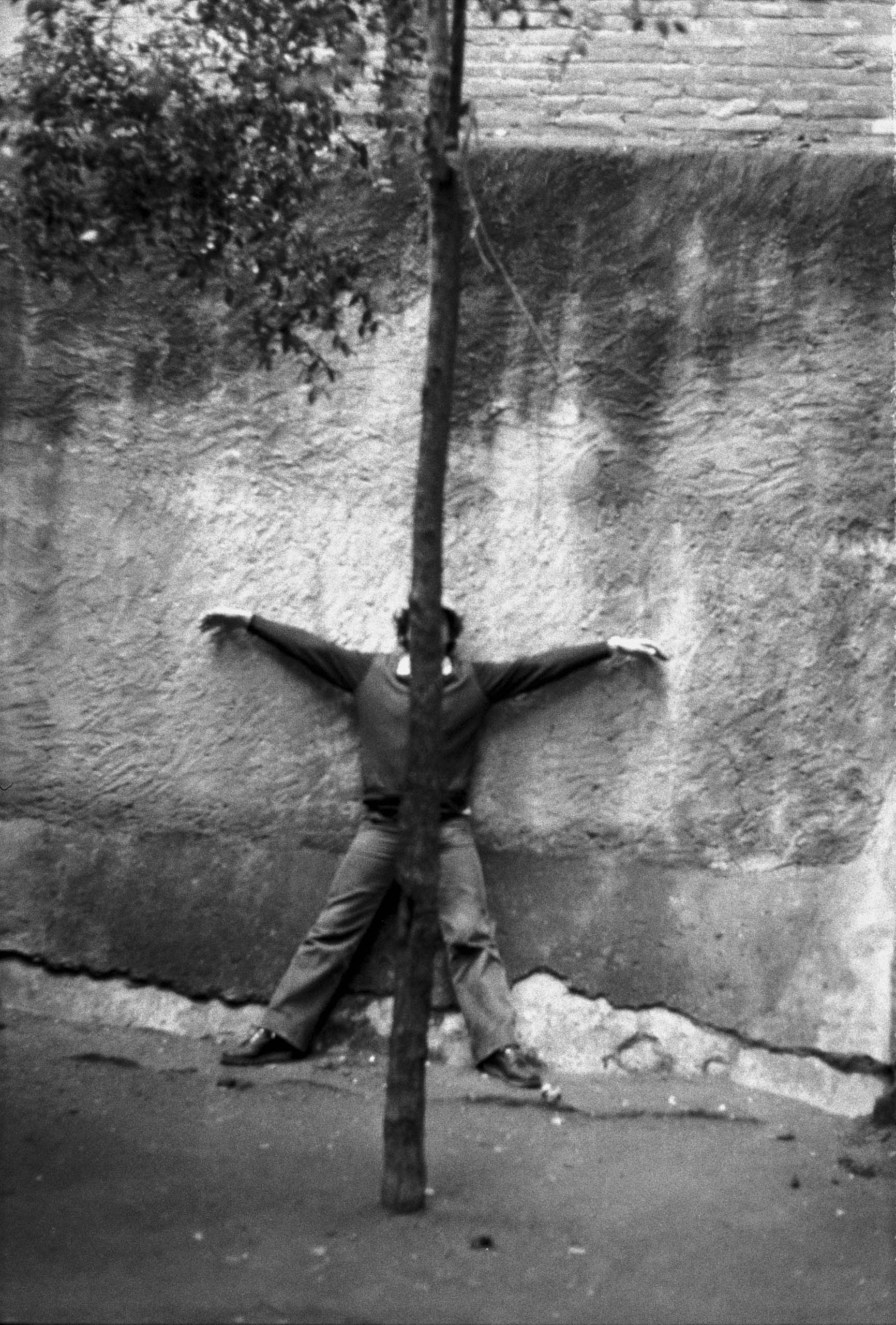

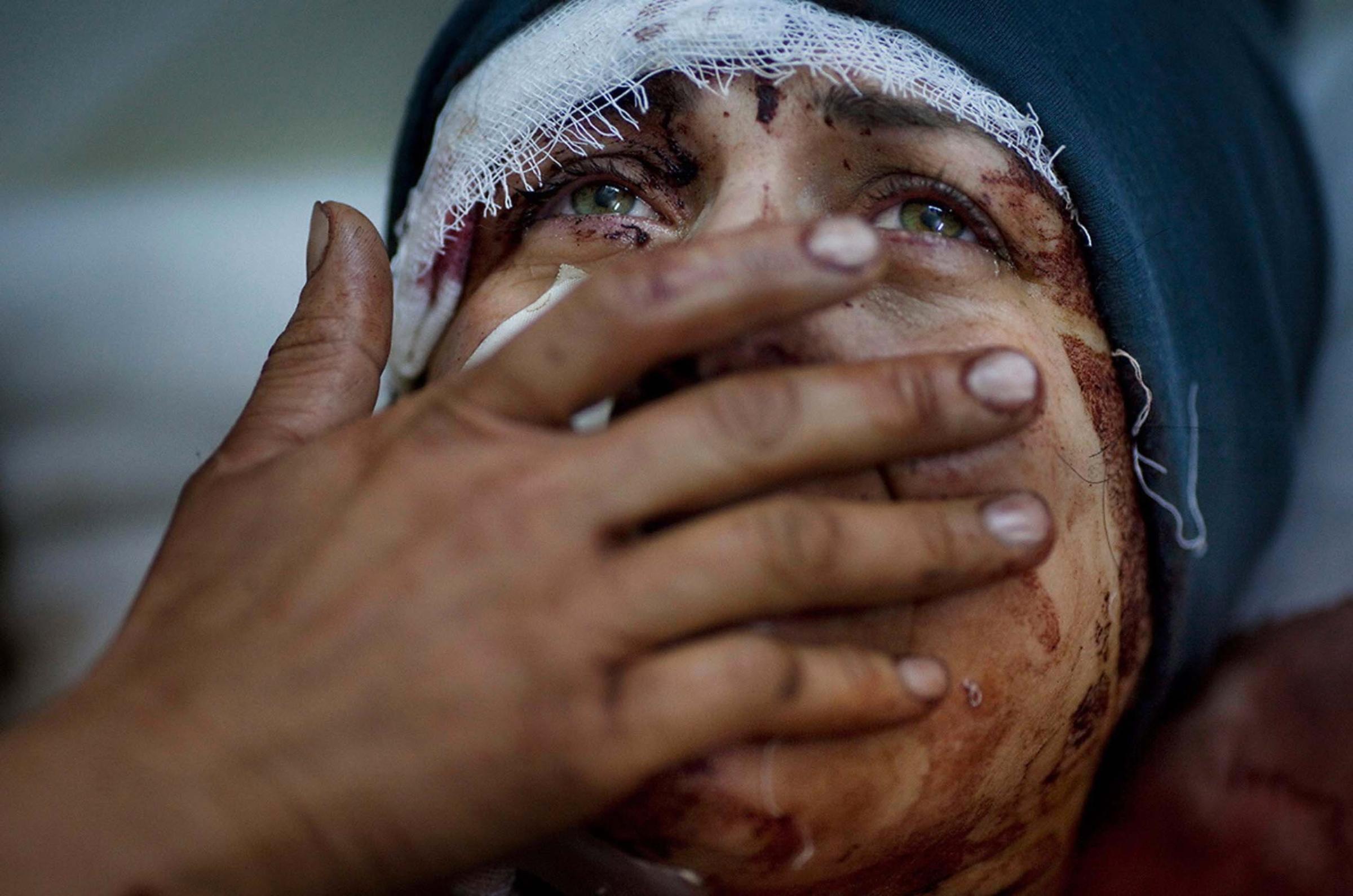
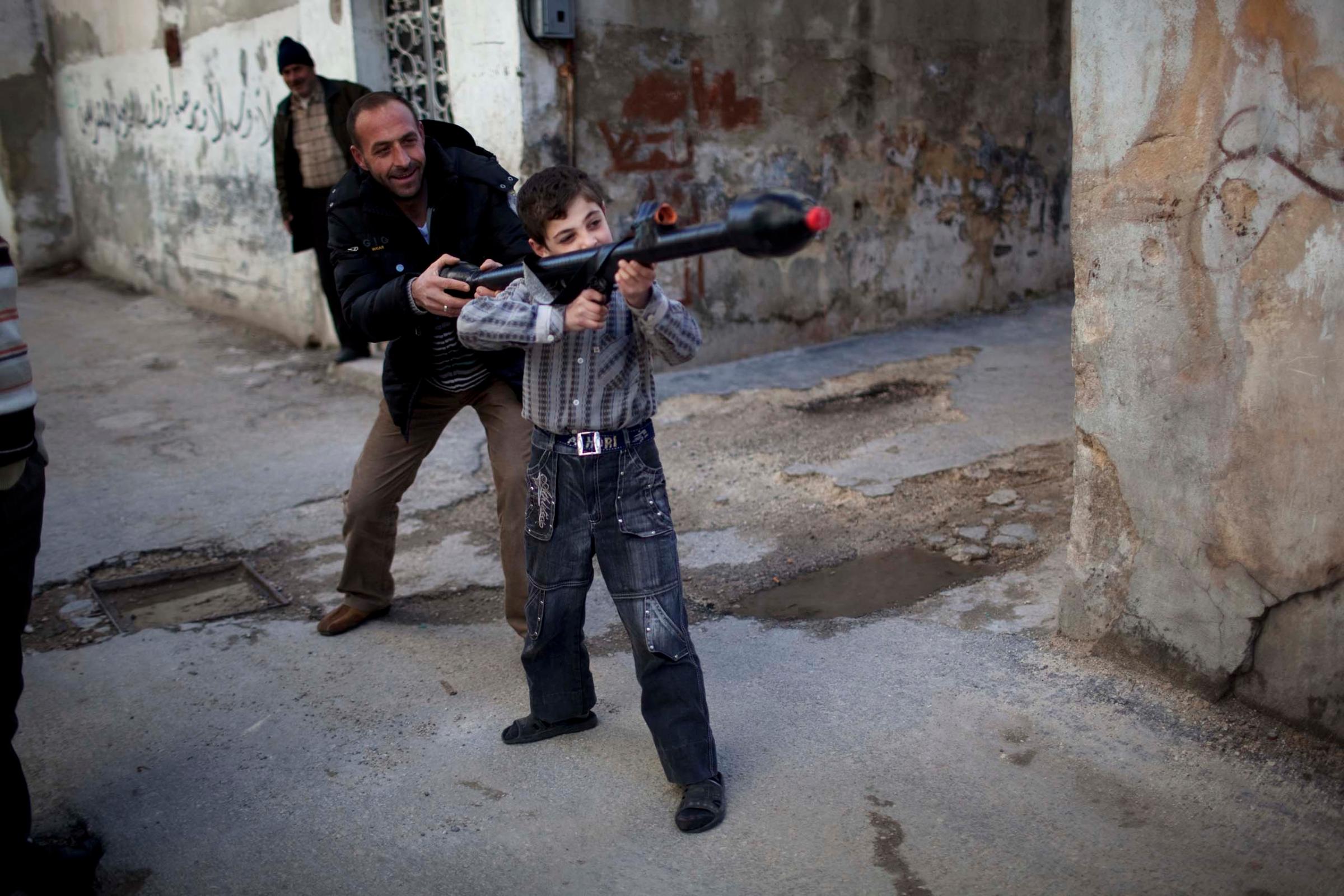
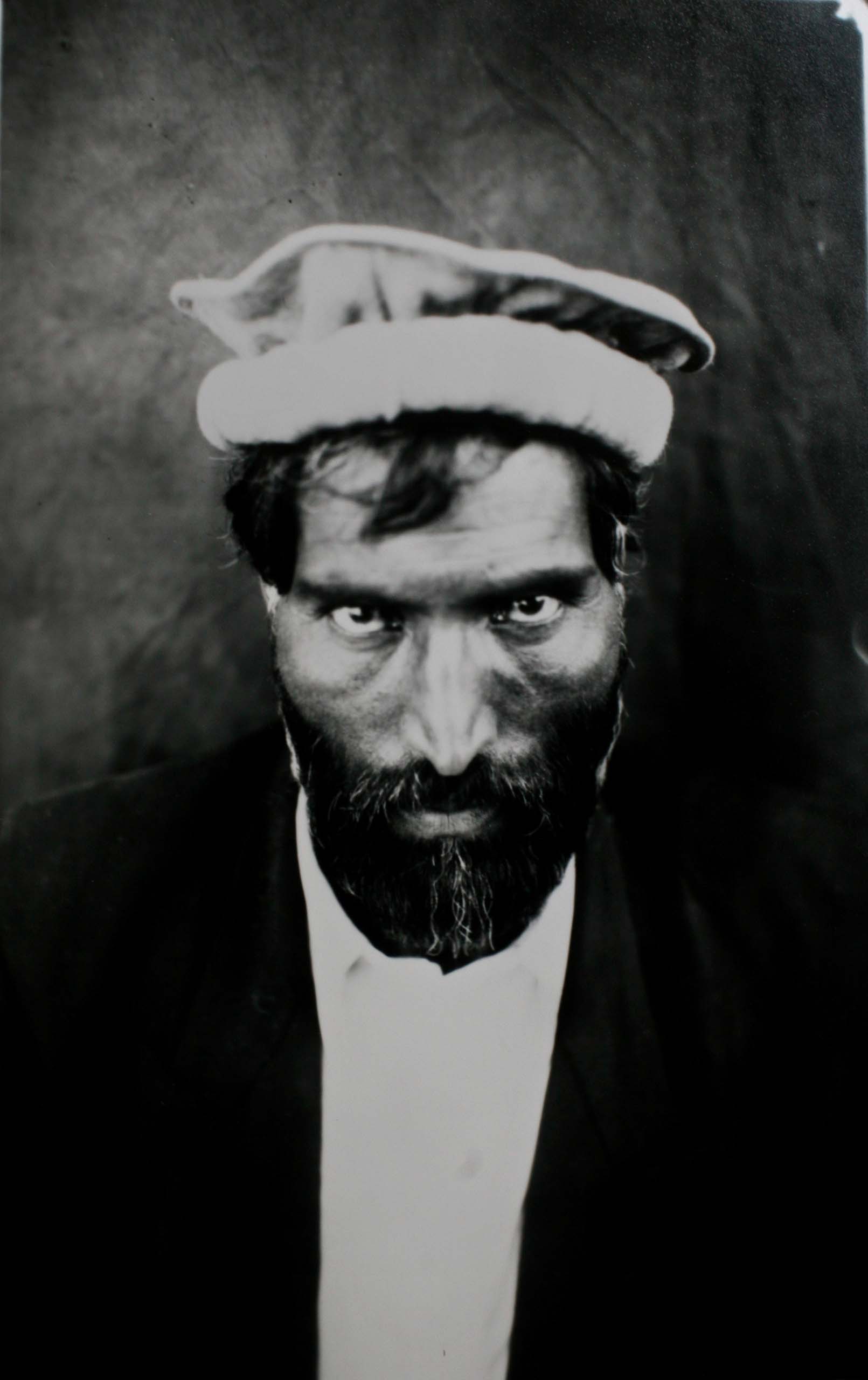
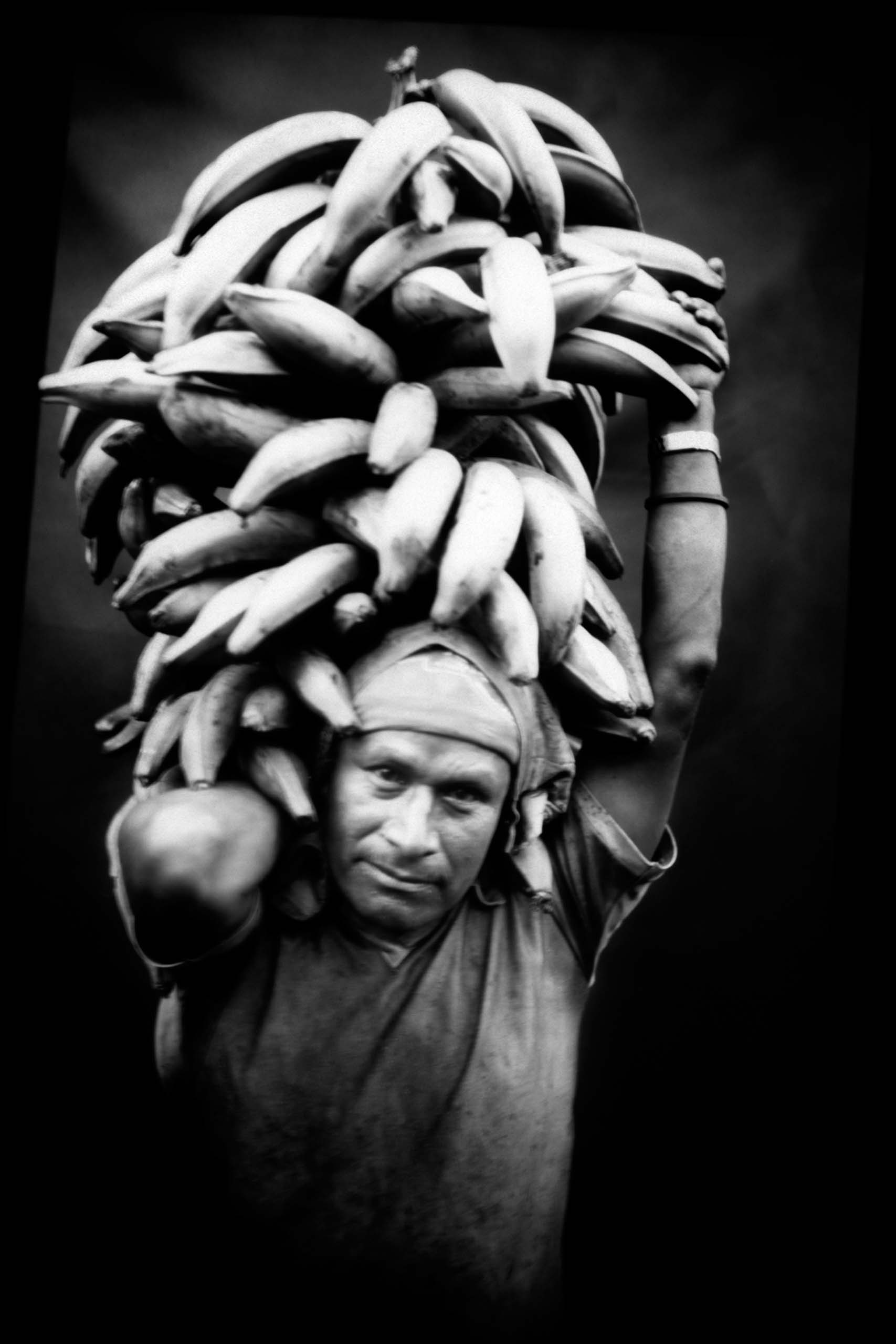
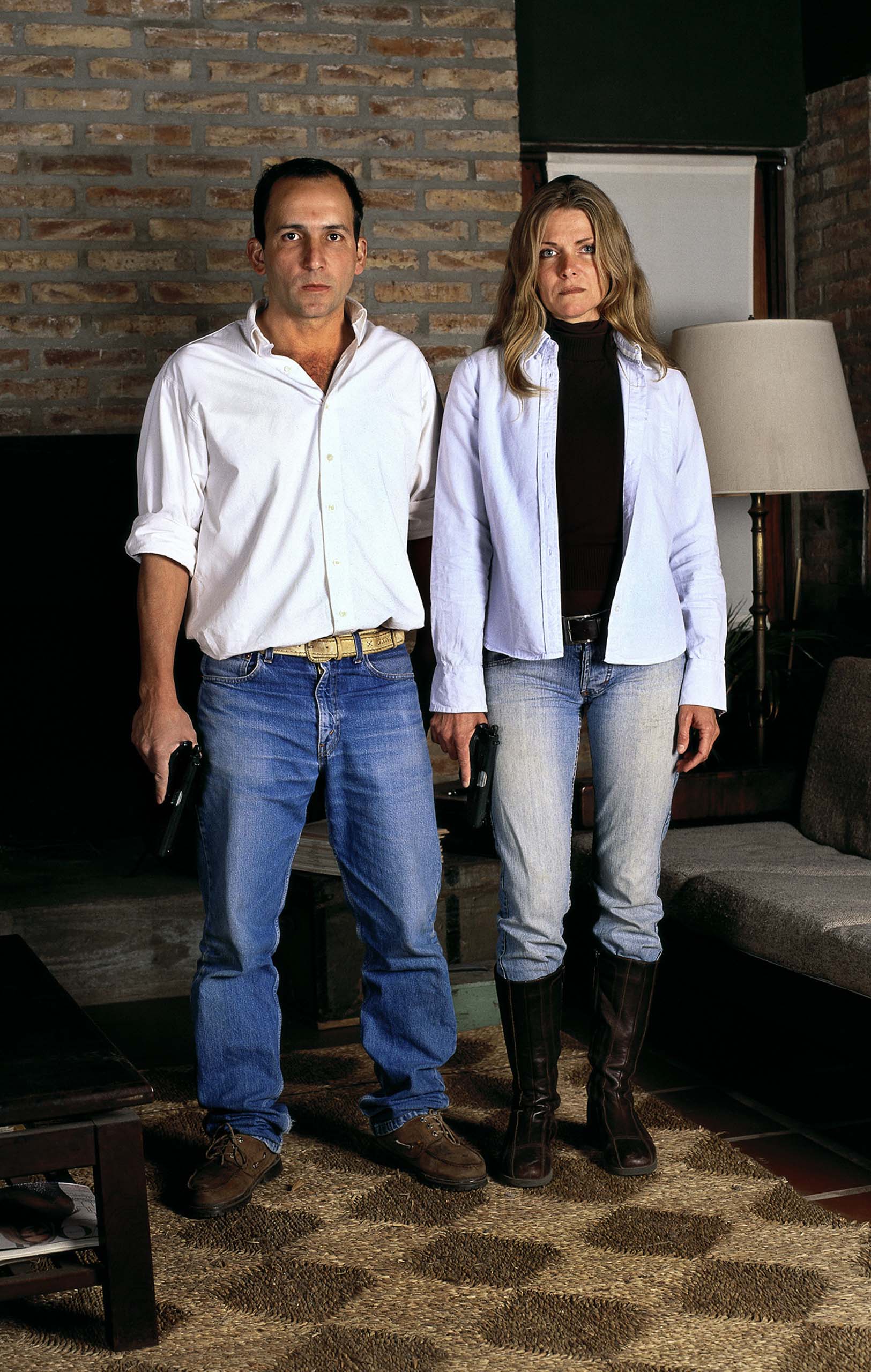
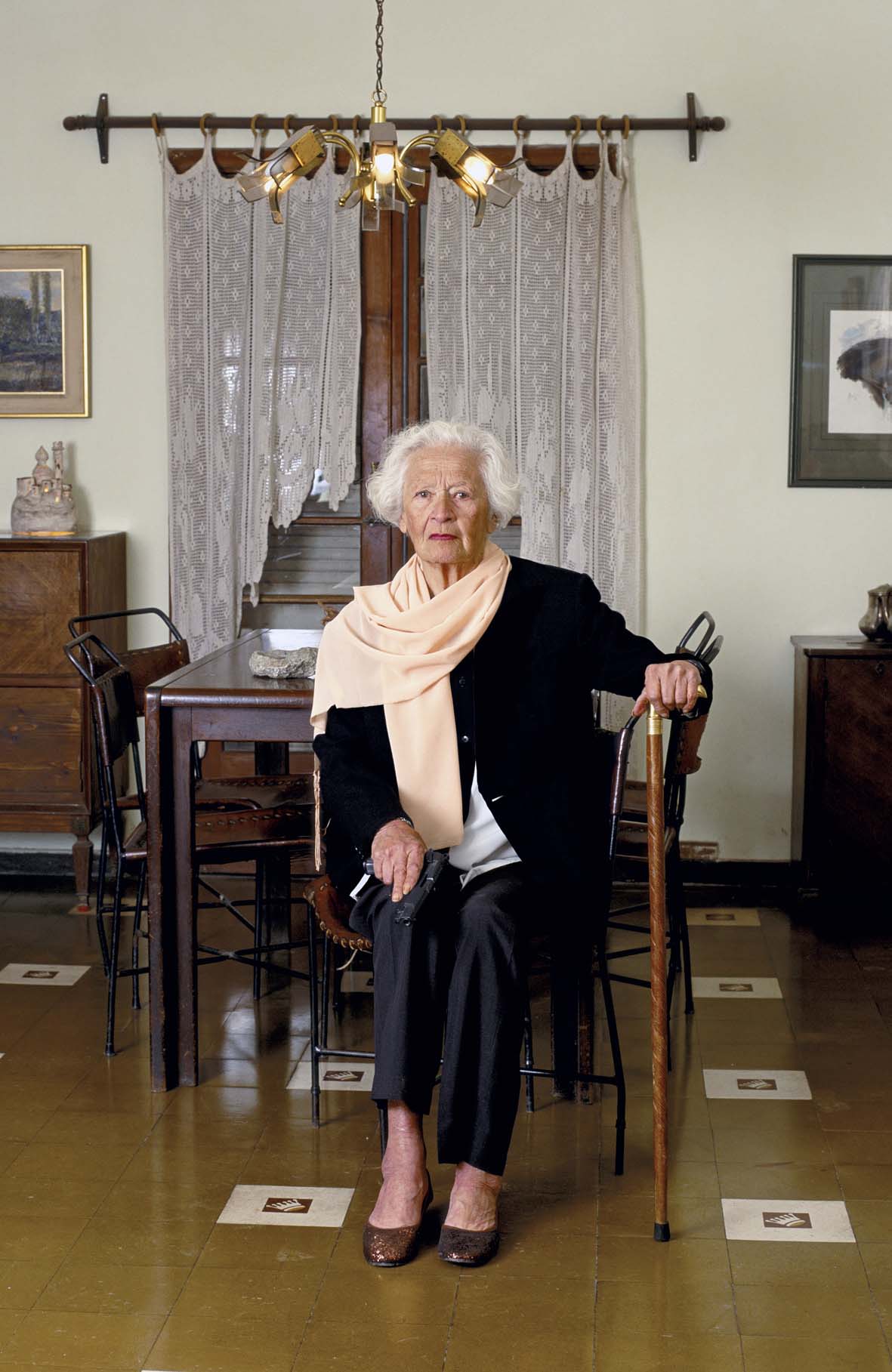
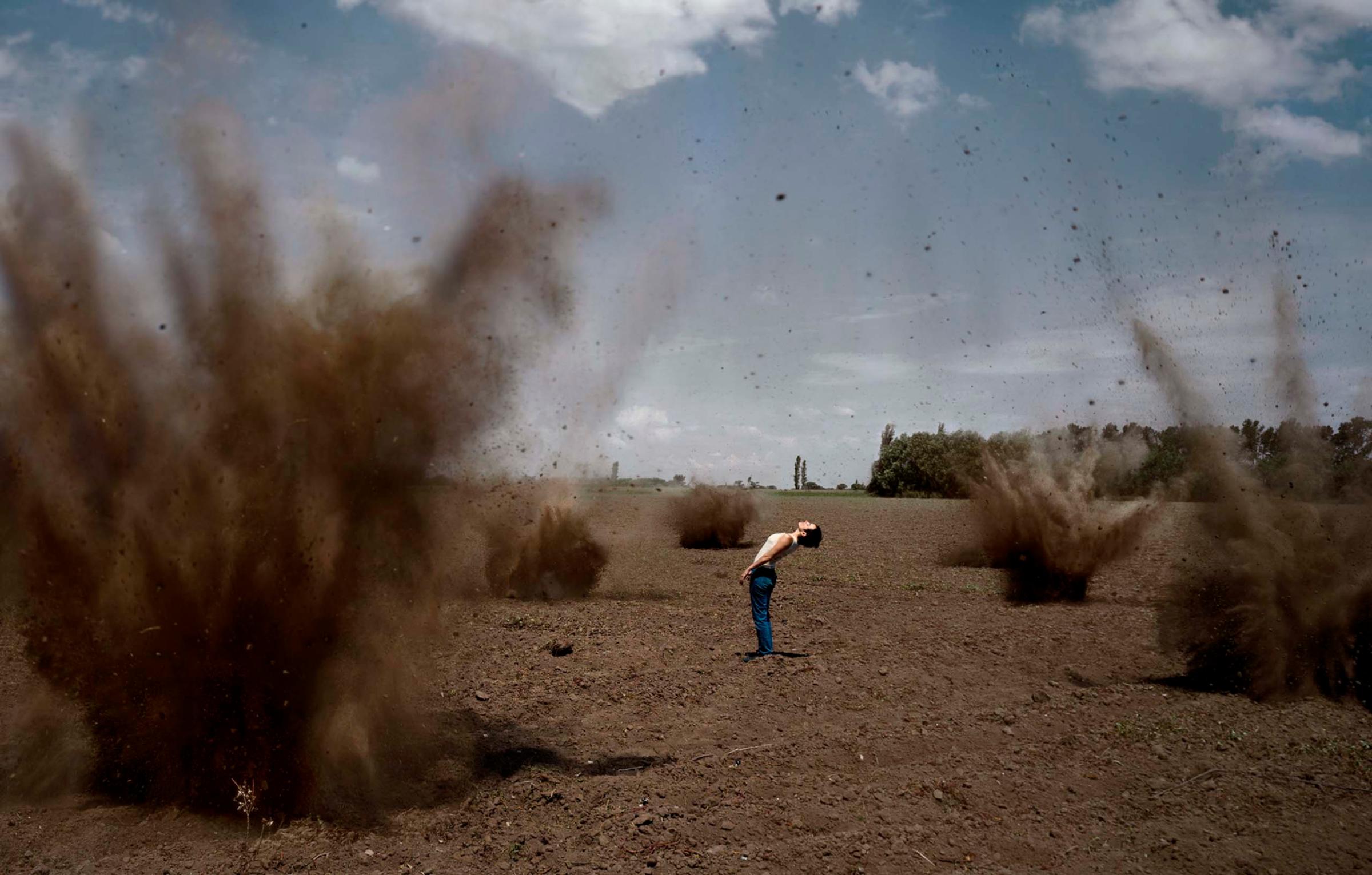
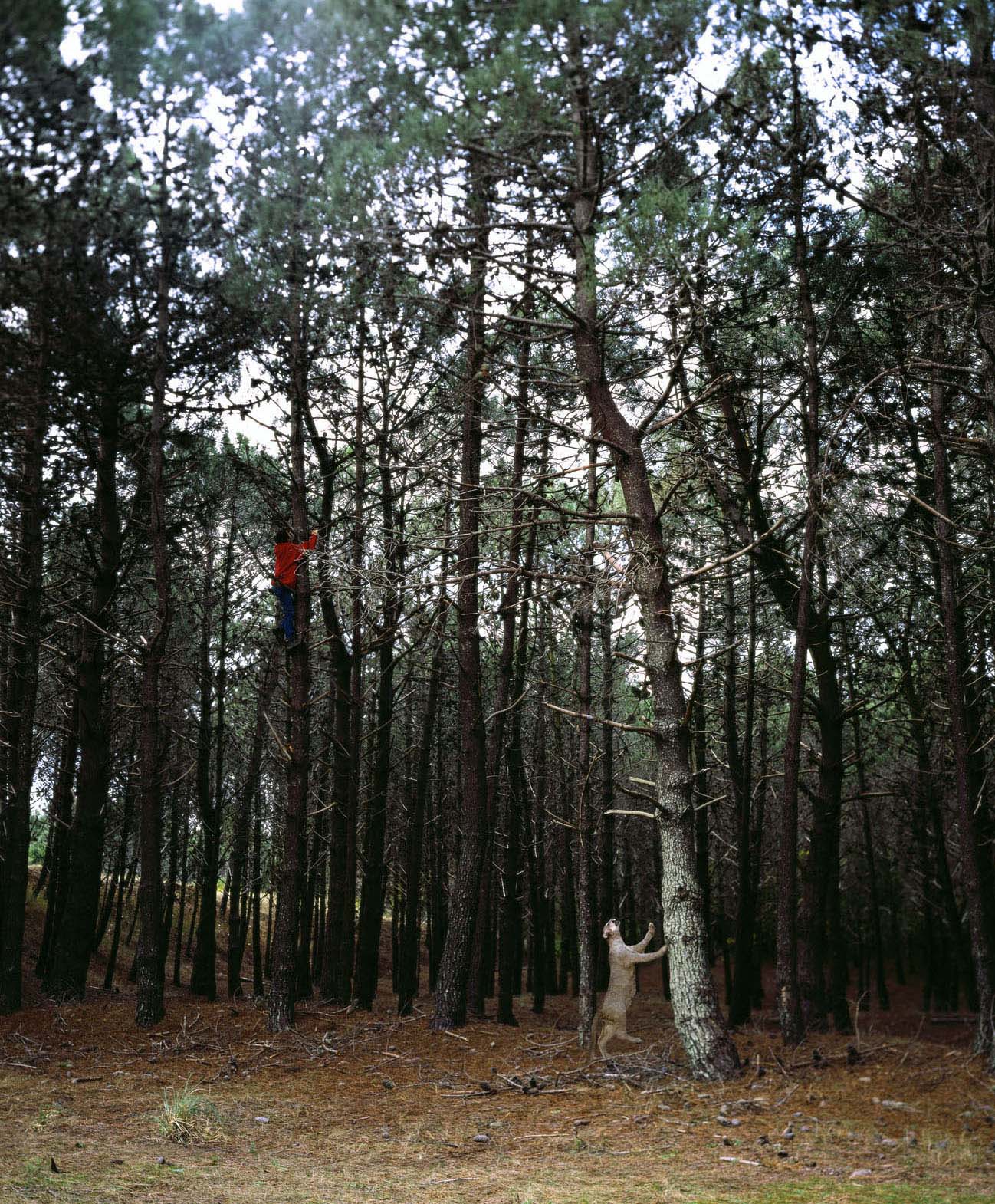
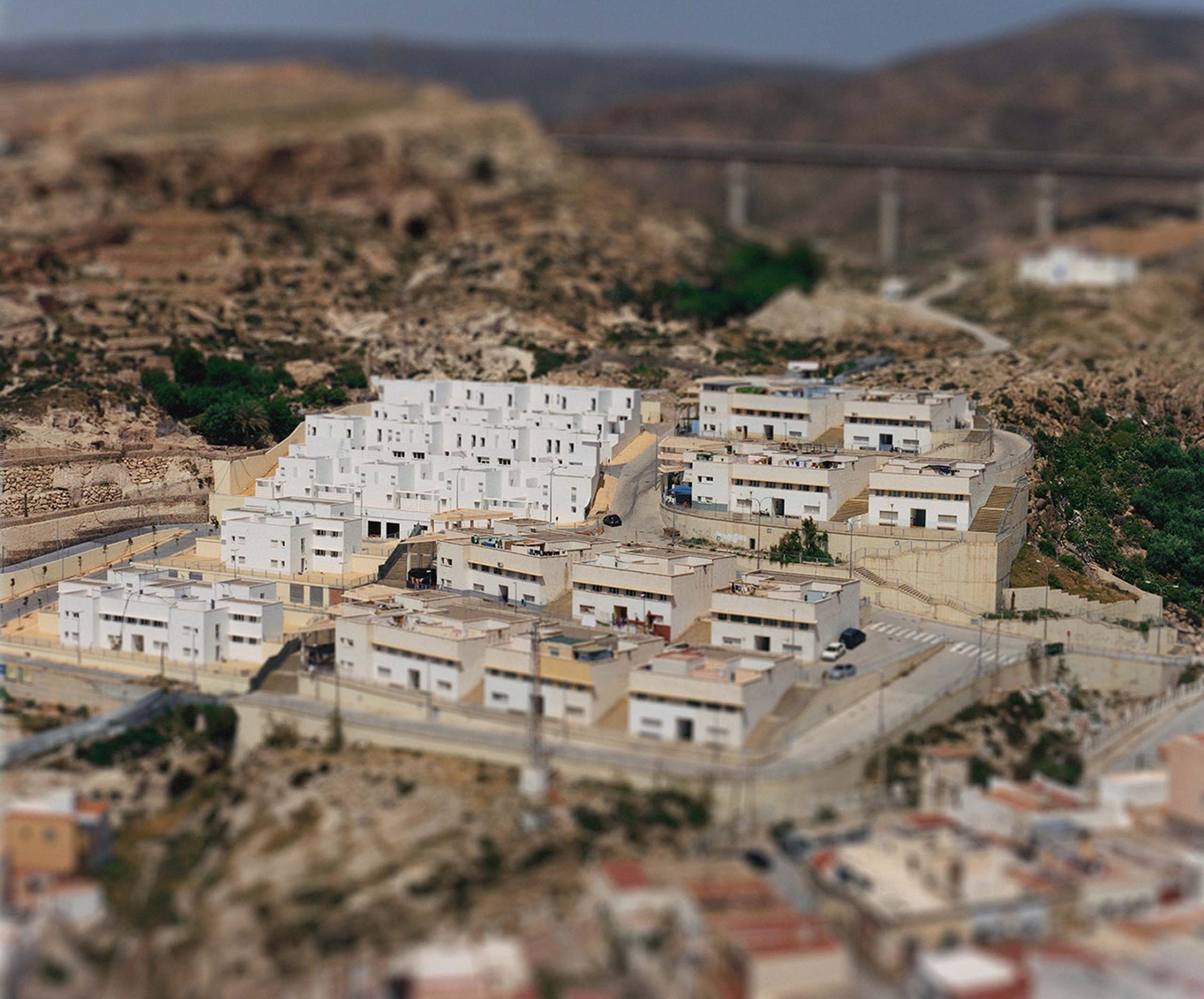

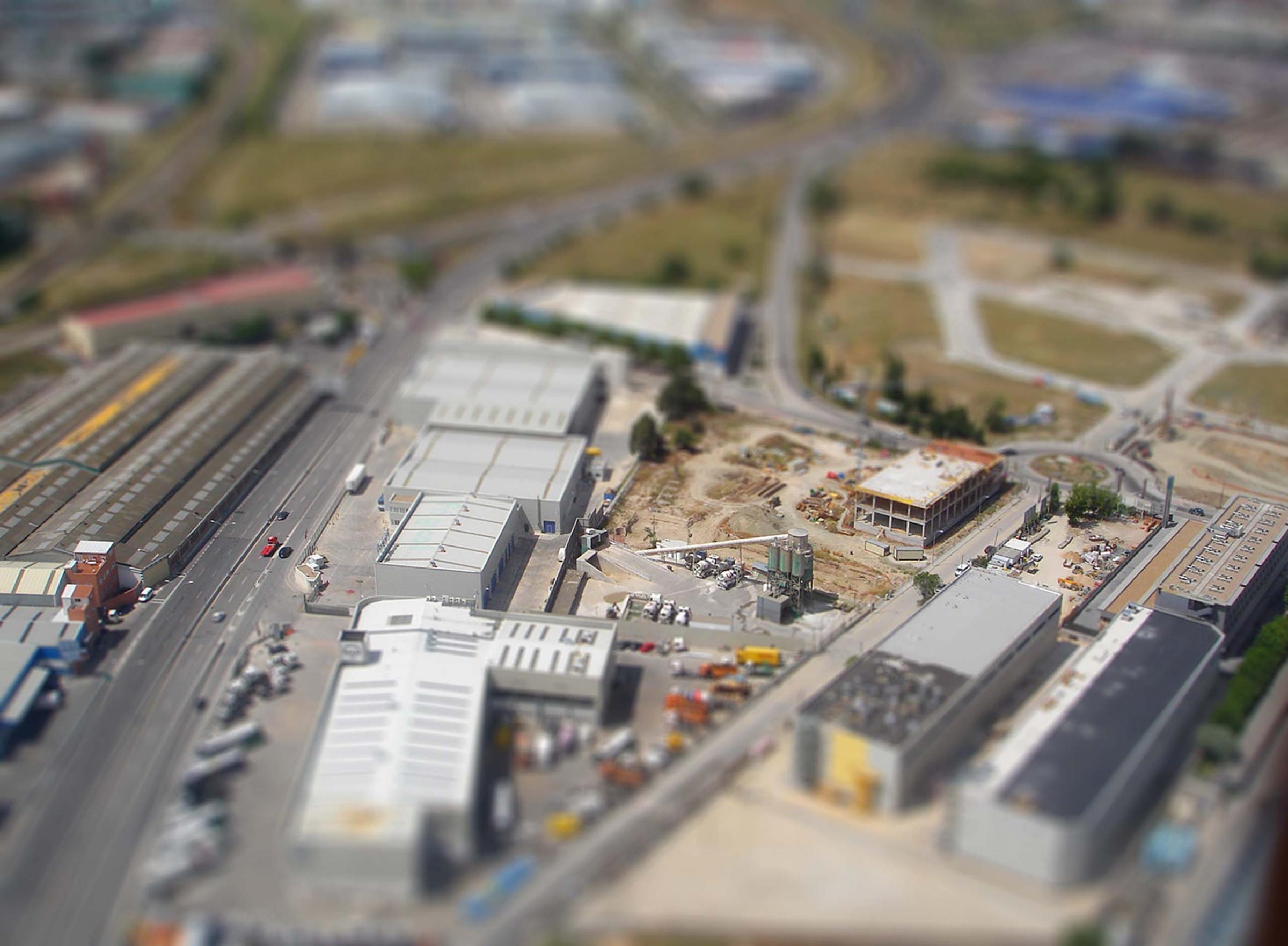
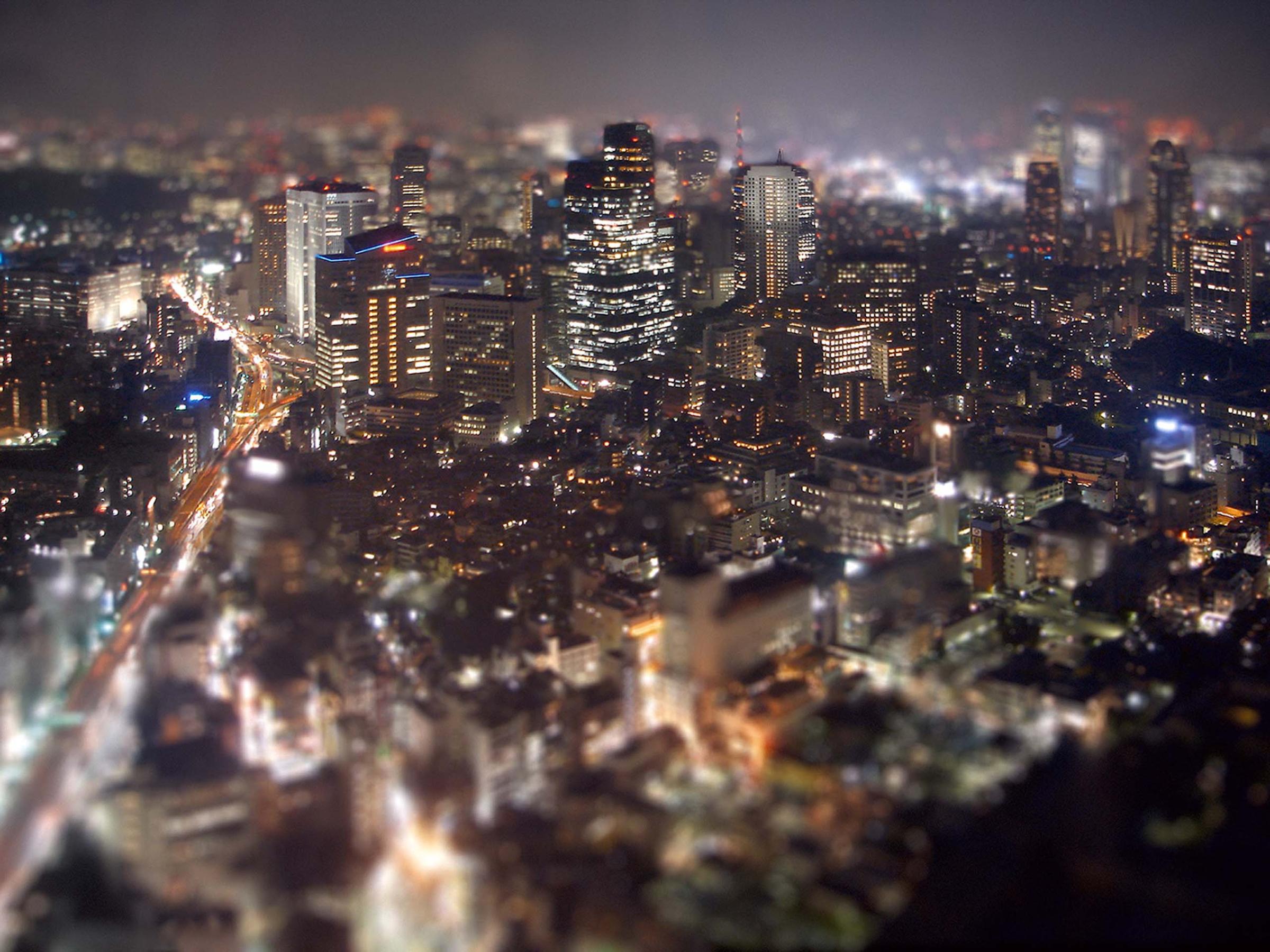
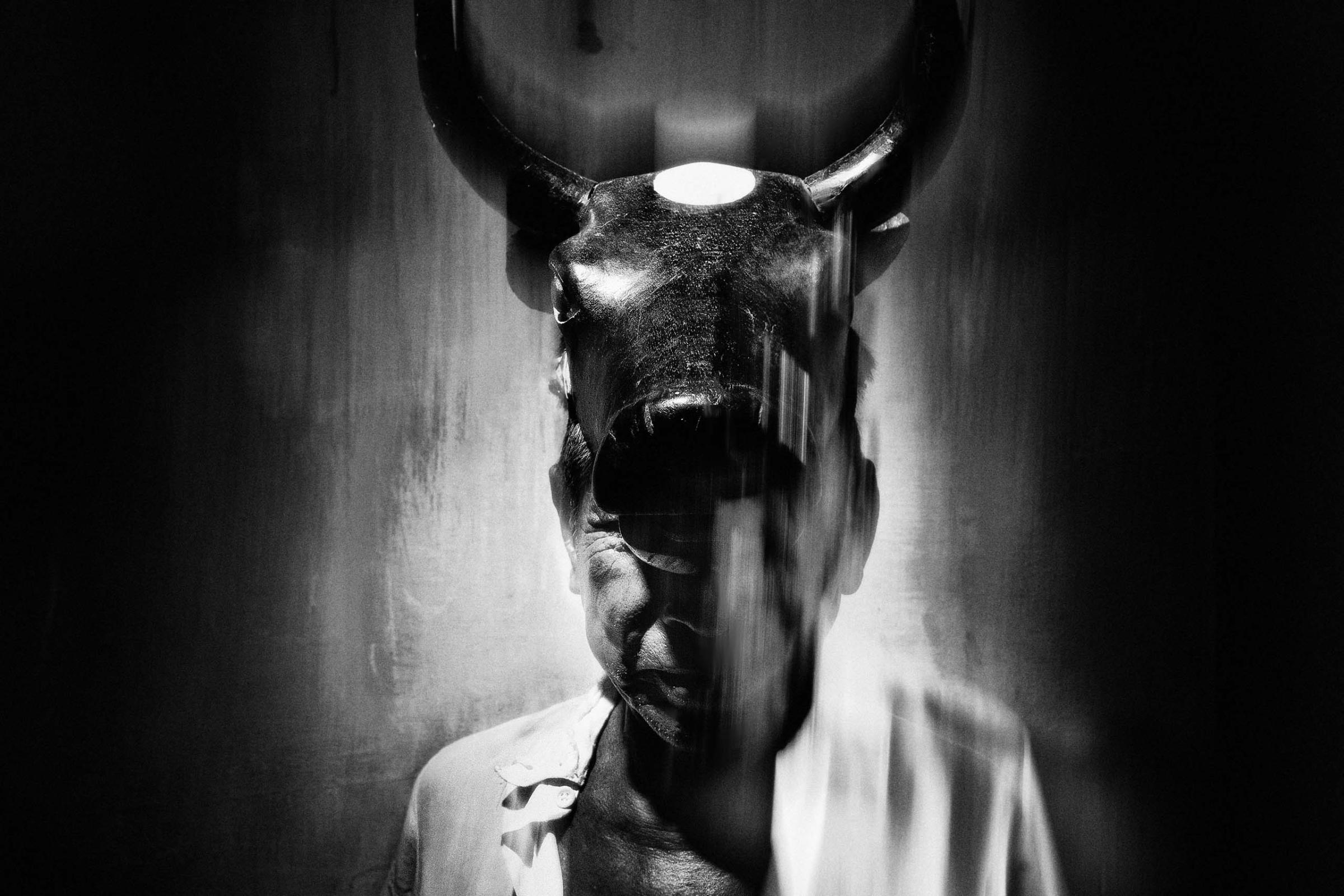
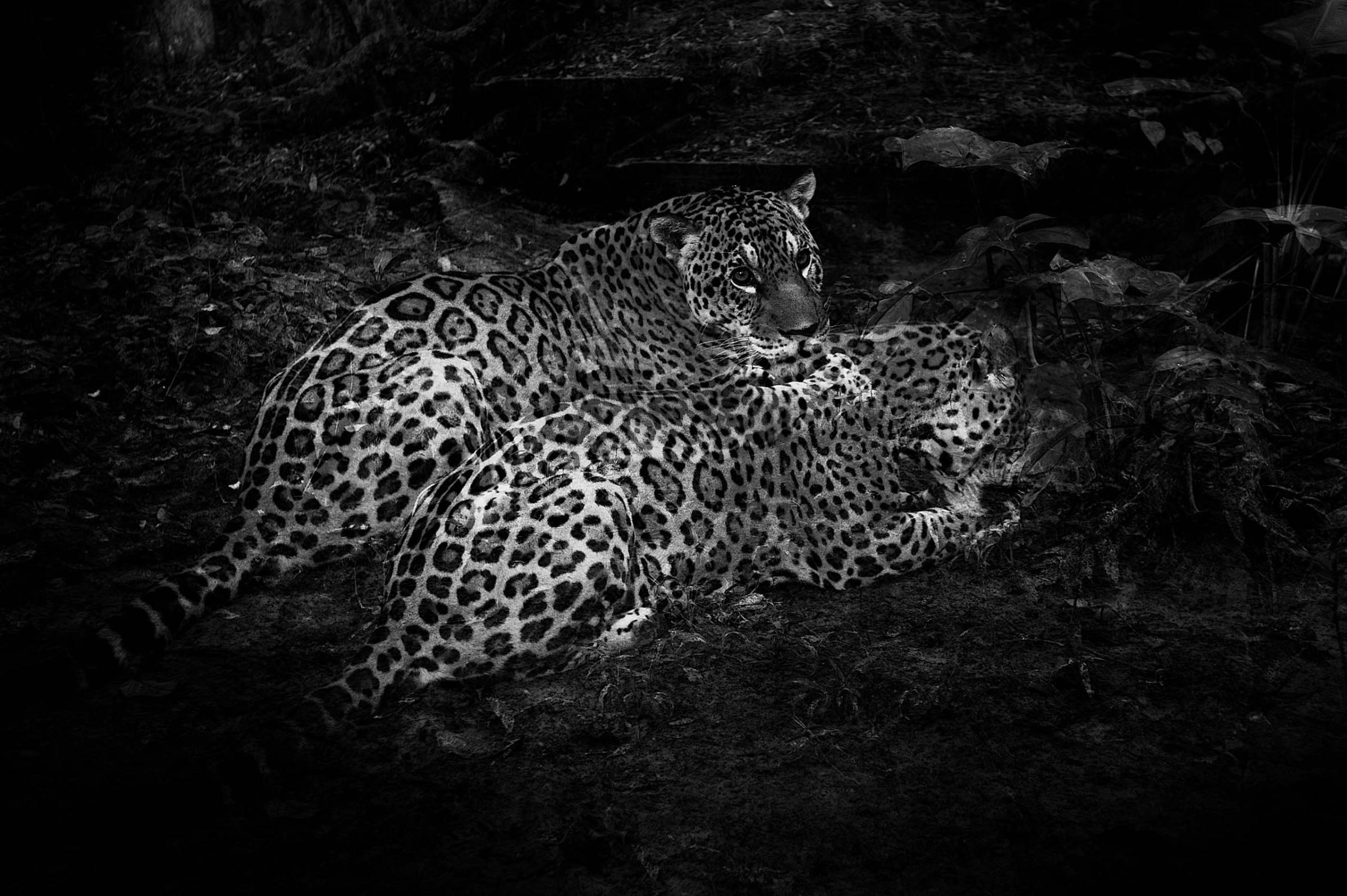
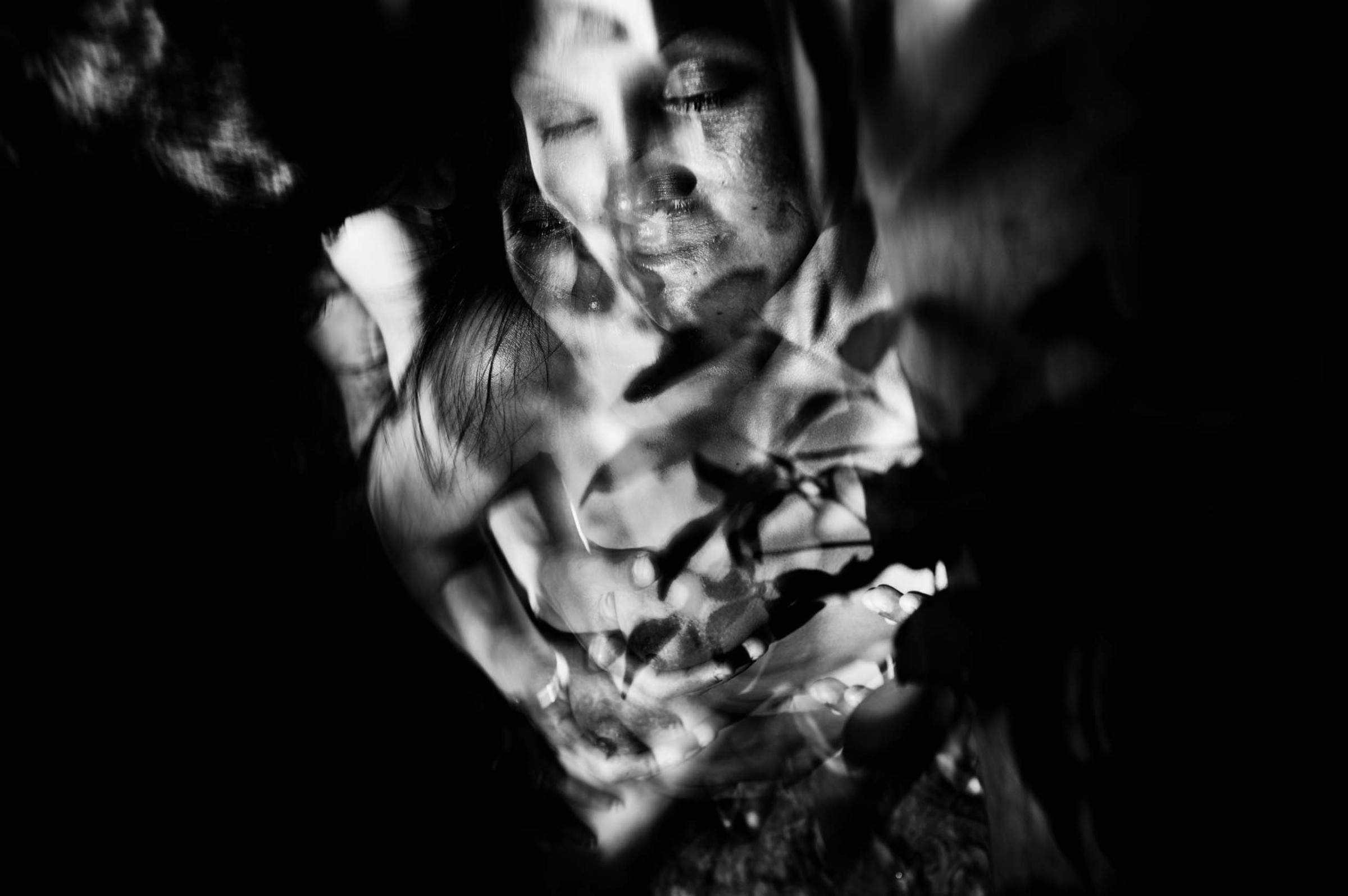

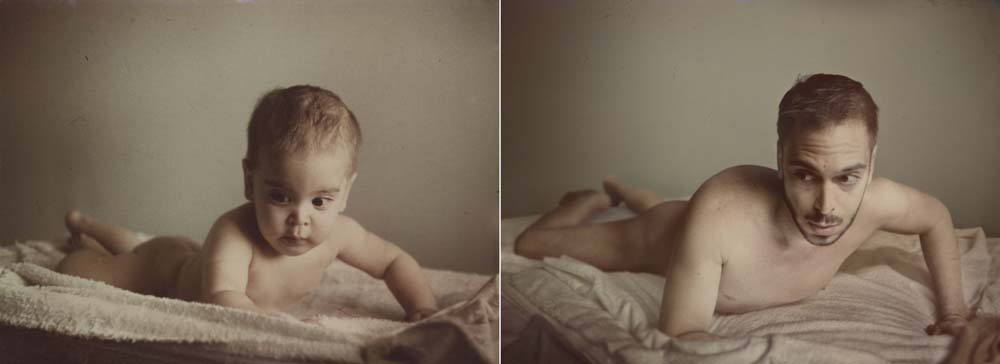
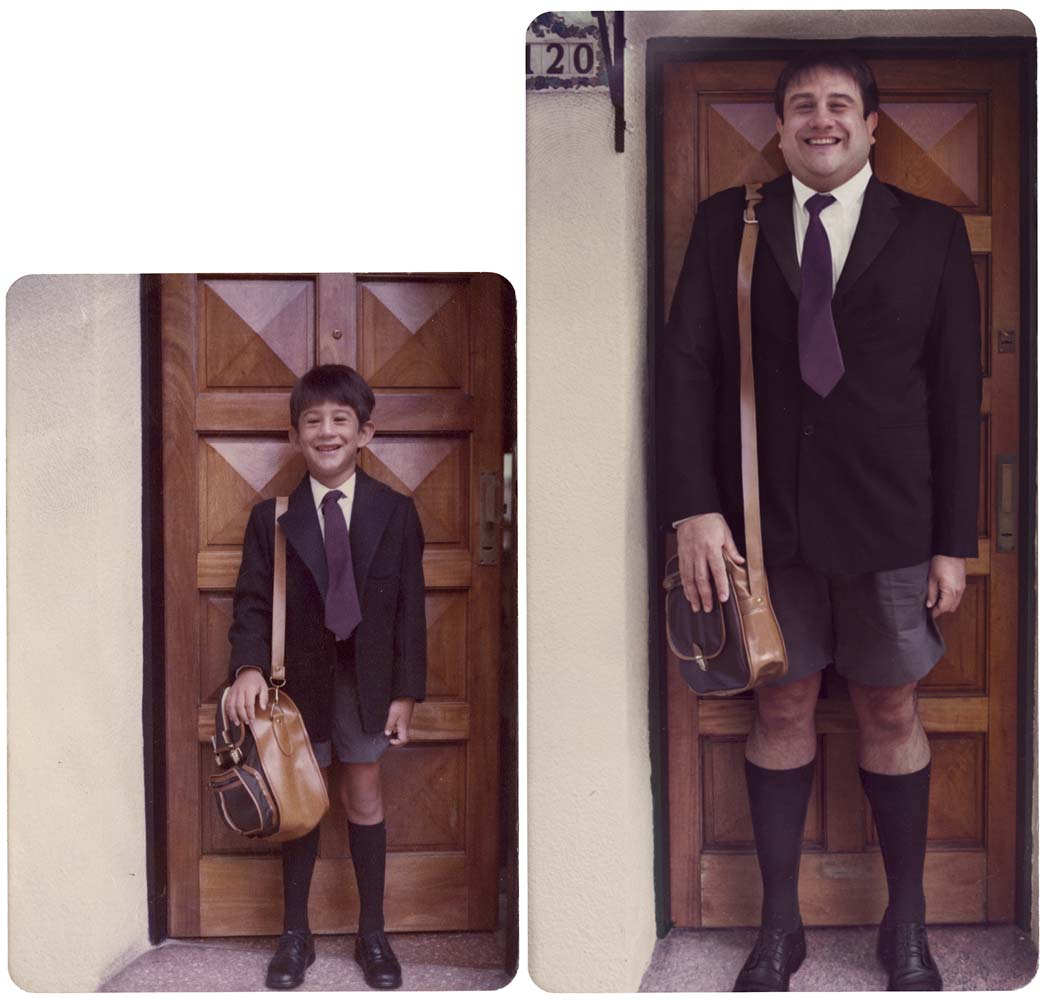

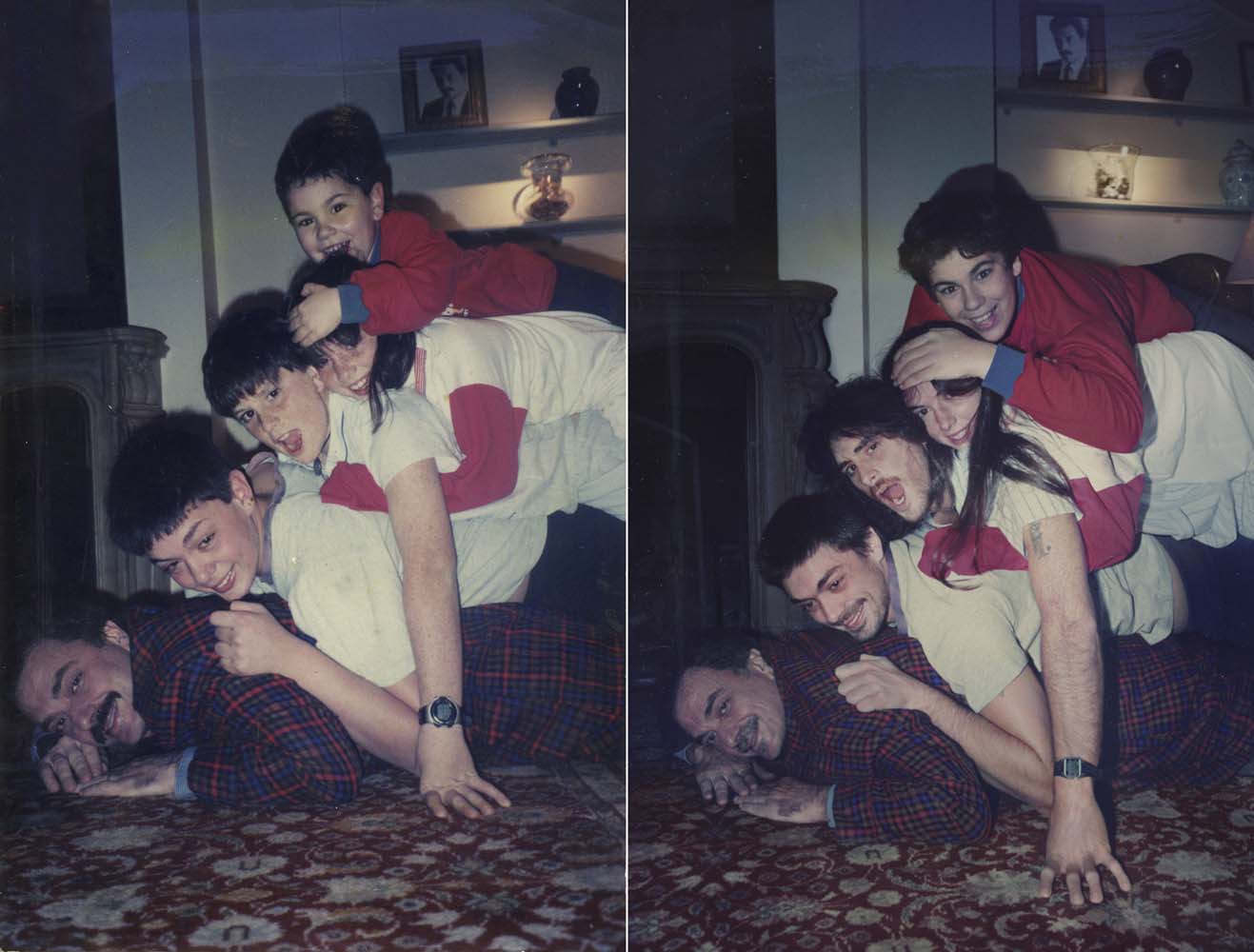
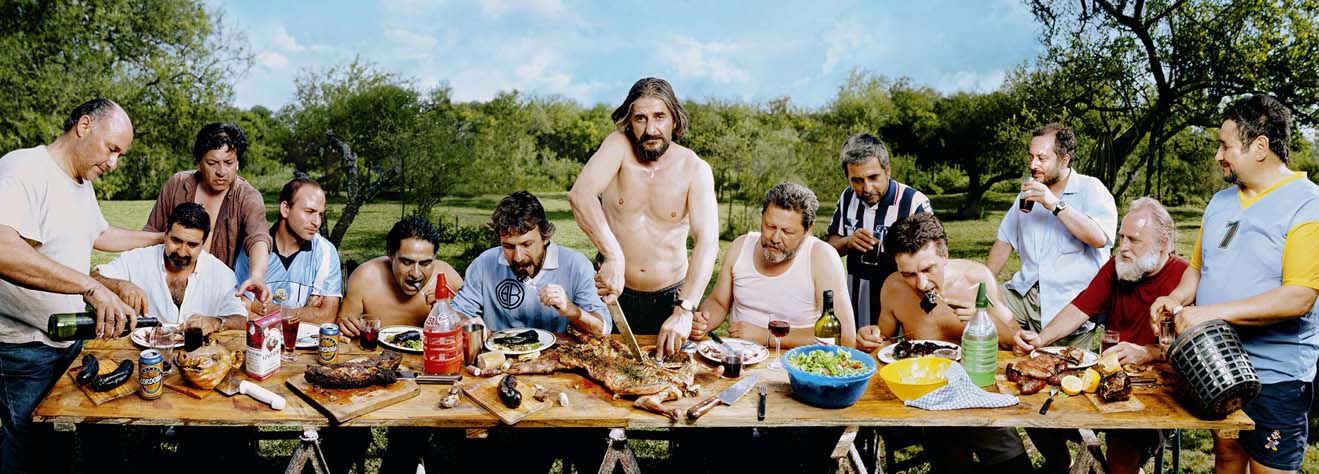


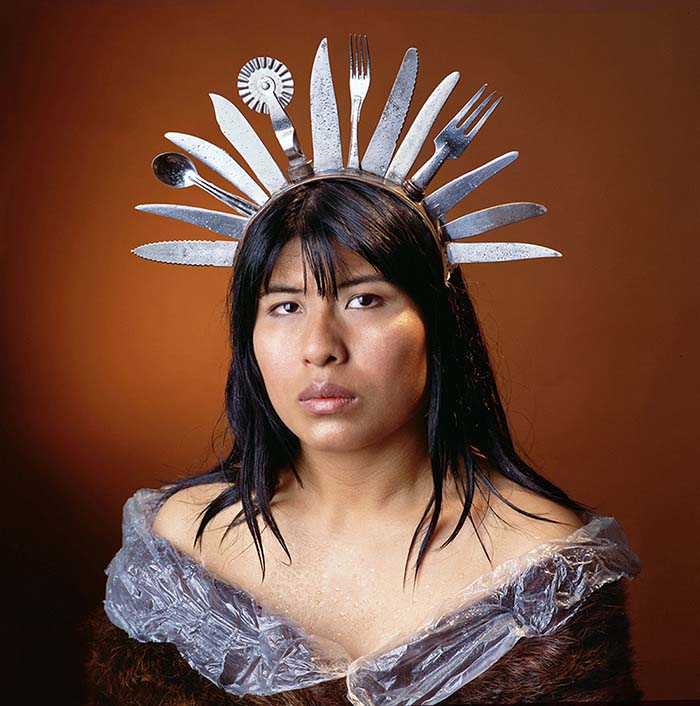
More Must-Reads from TIME
- How Donald Trump Won
- The Best Inventions of 2024
- Why Sleep Is the Key to Living Longer
- Robert Zemeckis Just Wants to Move You
- How to Break 8 Toxic Communication Habits
- Nicola Coughlan Bet on Herself—And Won
- Why Vinegar Is So Good for You
- Meet TIME's Newest Class of Next Generation Leaders
Contact us at letters@time.com